For over half a century, Cuba has been all but impossible to visit as a tourist from the United States. Recently though, travel regulations have become less restrictive, allowing for students, groups, solo travelers, and others to visit this amazing country and learn about its history and culture, and even do volunteer work in Cuba. Through people-to-people tours, educational programs, and other guided trips, there are many different ways you can visit, volunteer, and learn about life in this Caribbean country.
A Bit of History
Before we get into how to travel to Cuba, let’s look at why travel to this island nation has been so difficult in the first place. Up through the 1950s, Cuba was a popular tourist destination for travelers from the United States, Canada, and beyond. In fact, the country’s economy relied heavily on tourism and trade with the United States until the mid-1950s, when the disputed presidential election – a military coup led by Fulgencio Batista – resulted in a revolution led by Fidel Castro, his brother Raul, and Che Guevara. As the country became more unstable, the United States imposed an arms embargo, and in 1959, Castro and his supporters gained control, ousting the president from office, and turning Cuba into a socialist nation.
In response to the ongoing arms embargo set in place by President Eisenhower, and with diplomatic relations between the US and Cuba deteriorating quickly, Castro began procuring weapons from the Soviet Union. With tensions rising from the Cold War between the Soviet Union and the United States, Cuba’s relationship and proximity to the US became a major issue. As Cuba’s trade with the USSR increased, the United States began imposing more embargoes – and Cuba responded by nationalizing privately-held, US-owned companies that were operating in the country. In 1961, the United States cut off diplomatic relations with Cuba while also training Cuban refugees to attempt an overthrow of the Cuban government (the failed Bay of Pigs invasion). These activities, tied with the ongoing Cold War between the US and the Soviet Union, culminated in the 1962 Cuban Missile Crisis, in which the United States deployed ballistic missiles to Italy and Turkey, while the Soviet Union deployed its own to Cuba – 90 miles away from Florida – which is the closest the Cold War ever came to nuclear war. In 1963, President Kennedy imposed travel restrictions that all but made it impossible for Americans to visit the island nation. These restrictions were in place for more than half of a century.
Between the travel blockade enforcing severe restrictions on tourism, an increasingly unstable country, and fears faced by many travelers who otherwise would have visited Cuba for leisure, tourism, and trade of any kind to the country came to a near standstill. With that, Cuba’s economy and infrastructure, and particularly its rural communities’ development and support, suffered greatly as well.
Cuba’s economy and development suffered much more after the collapse of the Soviet Union, which had been the country’s main international sponsor. Beginning in 1999, the United States and Cuba went through periods of trade and travel thaws and restrictions, until 2009 when some economic sanctions were lifted. In 2015, travel restrictions for Americans were changed significantly, and in 2016, JetBlue and American Airlines became the first commercial US airlines to land in Cuba since 1962. And with increased humanitarian efforts, and trade – particularly imports of telecommunications and computer technology – as well as increased tourism, Cuba is becoming an excellent tourist destination, particularly for travelers interested in gaining an immersive experience to learn about Cuban history, culture, and day-to-day life.
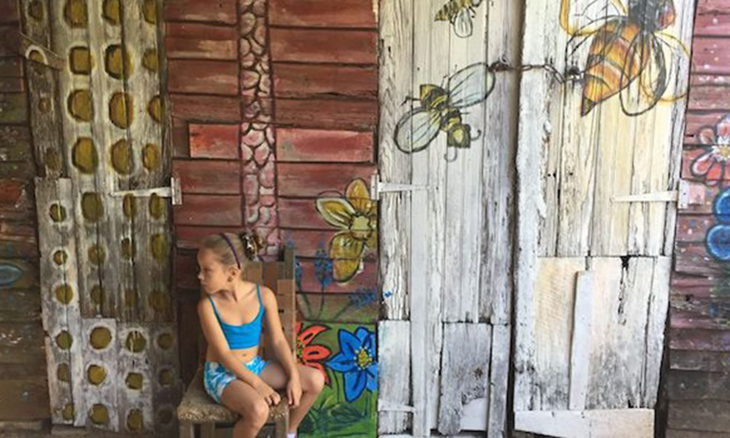
Traveling to Cuba Now
Right now, the Department of Treasury Office of Foreign Assets Control (OFAC) issues general licenses for 12 categories of travel, including:
- Family visits
- Official business of the US government, foreign governments, and certain intergovernmental organizations
- Journalistic activity
- Professional research and professional meetings
- Educational activities
- Religious activities
- Public performances, clinics, workshops, athletic and other competitions, and exhibitions
- Support for the Cuban people
- Humanitarian projects
- Activities of private foundations or research or educational institutes
- Exportation, importation, or transmission of information or informational materials
- Certain authorized export transactions
Right now, there are several different ways you can travel to Cuba: airlines such as American, JetBlue, Southwest, United, Delta, and others have begun bringing travelers from the US to Havana, and this year, cruise lines such as Norwegian and Royal Caribbean will begin departing from Miami to Cuba. You can also sail to Havana or Varadero, and pay an entry fee from there. And finally, you can travel with a trusted organization that will help arrange a people-to-people tour to allow you to travel individually or with a group.
A people-to-people tour is one of the most popular (and legal) ways you can visit Cuba. Tourism for leisure technically isn’t allowed in the country yet, so instead, your trip must include an educational component to meet Cuban people and engage in cultural exchange. There are lots of ways to do this: for example, you can attend a lecture by a local community leader, visit a local pottery maker, speak with students about their education and daily life, take a cooking class with a local chef, go on a walking tour of a city, and much more.
Volunteering and Studying in Cuba
There are so many different reasons to visit or volunteer in Cuba right now: from amazing food and festivities, to wonderful people, to a vibrant culture, there’s tons of places to see and things to do in this country. As the most populous Caribbean nation with 11 million people, Cuba also has an incredibly high literacy rate – 99.8% – with school being mandatory for each child up to age 15. This country also has the highest doctor-patient ratio in the world, and is a popular destination for medical tourism. However, despite the country’s progress and support for its citizens, those in rural areas in particular are plagued by poverty, food insecurity, and lack of material resources.
The three organizations highlighted below offer impactful, educational trips to Cuba for high school and college students, solo travelers, gap year travelers, career break travelers, and groups. Through these programs, you’ll have the opportunity to interact with local students and educators, medical professionals, business owners, religious leaders, and many others to give you a perspective of Cuban lifestyles, culture, and history. By volunteering in Cuba, you’ll also be able to take part in community service programs to support children and seniors, entrepreneurs, farmers, and other people who benefit from volunteer assistance to develop stronger communities.
Read on to learn how you can travel and volunteer in Cuba!








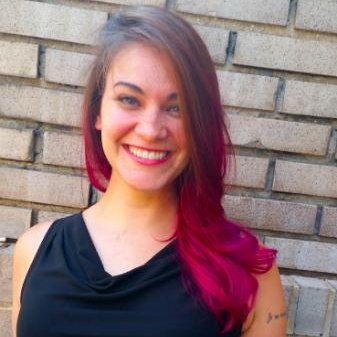




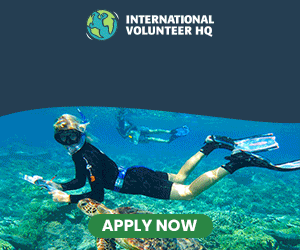
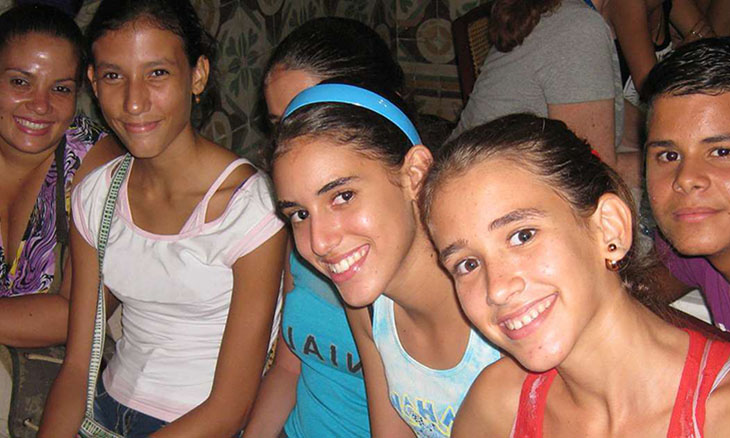

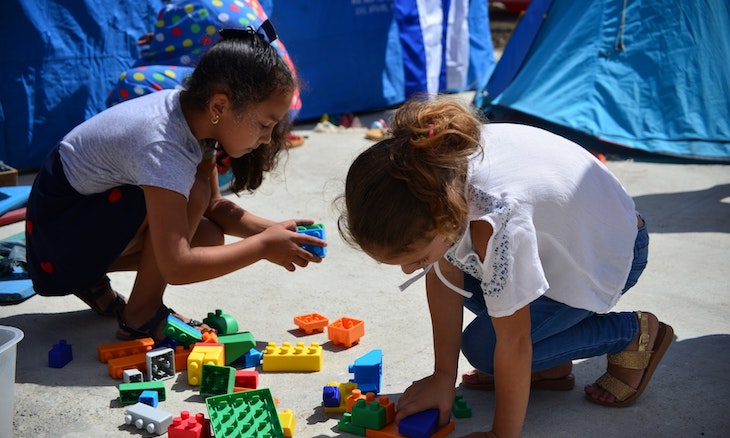


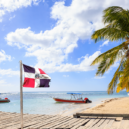
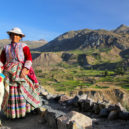
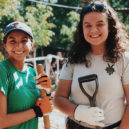






Sarah Vandenberg · Director of Partnerships
Sarah has worked as a researcher and consultant in the volunteer travel world since 2004. With a BA from the George Washington University and background working with both public and private sector volunteer organizations, she enjoys exploring the world and collecting and sharing stories, trends, and advice with travelers who want to volunteer, intern, or teach abroad.